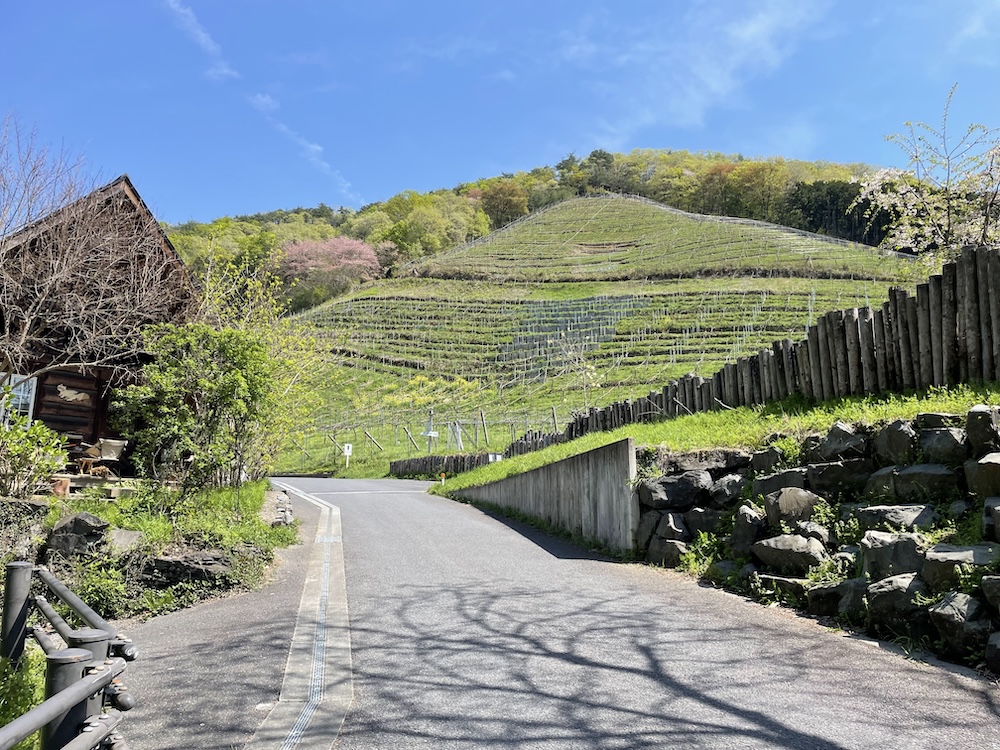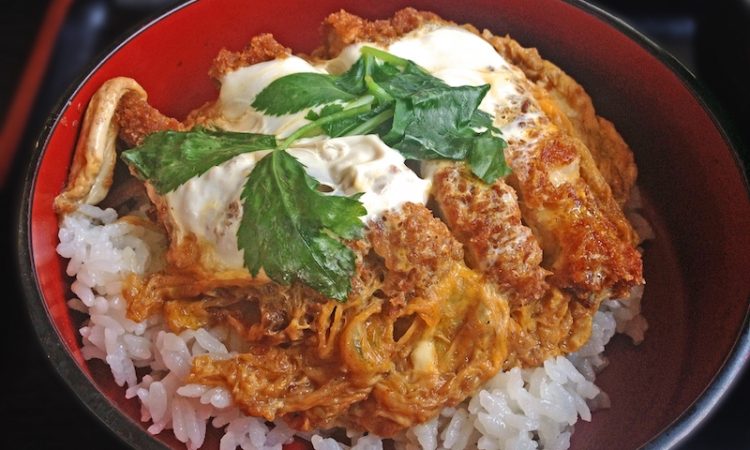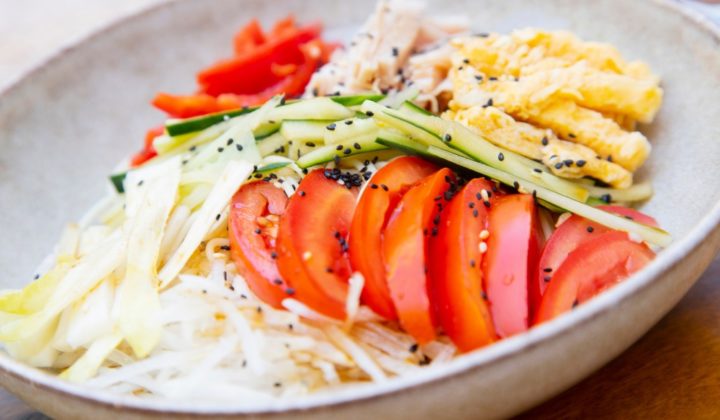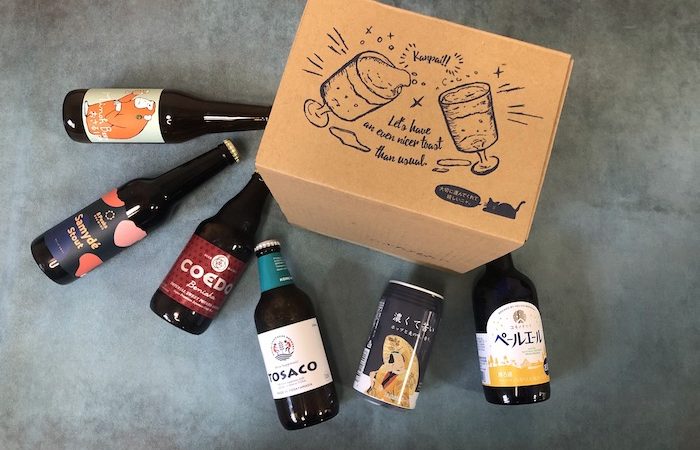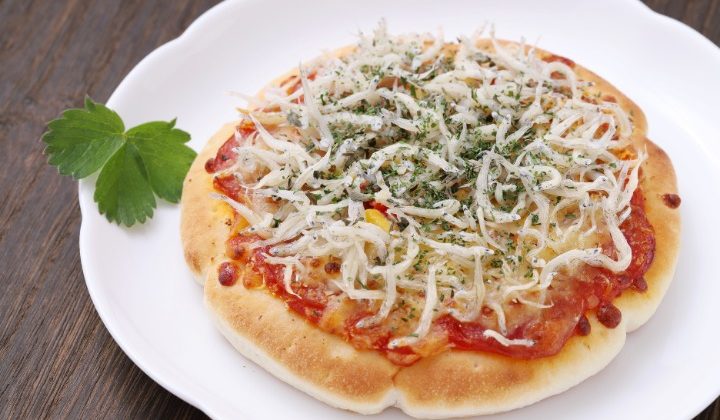When you think of Ashikaga, Tochigi, Ashikaga Flower Park automatically comes to mind. But have you heard of Coco Farm & Winery? If you have, then you may already know the beautiful story behind it. It was created as an opportunity for intellectually disabled people to experience the outside world and engage with the community through the winery. From helping the community to also caring for the land with sustainable farming practices, their wine has become a success among many wine lovers.
Sustainable Farming Practices in the Vineyard
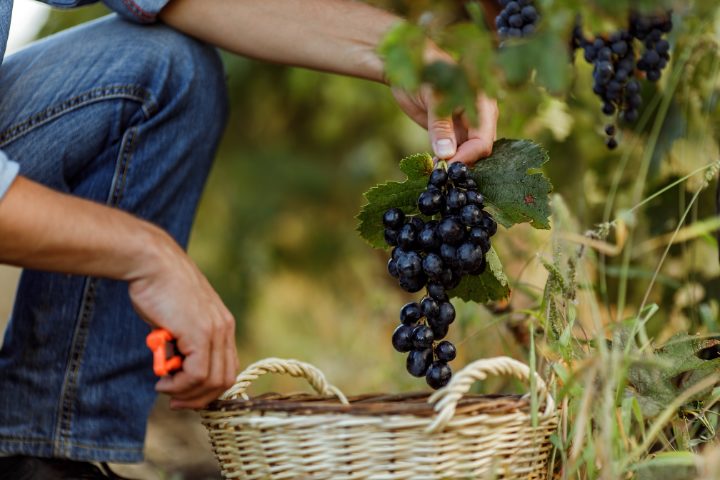
Image Credit: Canva
Coco Farm & Winery became successful through the wonderful quality of its wine. Mr. Kawada has much of the credit, but it is also thanks to the students. By the 1980’s, the farm was producing grapes from Ashikaga, Sano (both in Tochigi Prefecture) and imported grapes from Cline Cellars in Sonoma, California. Through his connection with Cline Cellars, Mr. Kawada was able to meet Bruce Gutlove who would later help Mr. Kawada with the practices of his vineyard. Gutlove was a vintner who had studied viticulture and winemaking in California. Gutlove’s approach to the production of wine was non-interventional. He wanted to allow nature to take its course when possible.
Bruce and Mr. Kawada had carefully considered recruiting students to work on the farm. The large number of students and the steep slopes on which the vineyard is on made it difficult for any trucks or cars to enter. Therefore, most of the jobs that would be done by these machines had to be done by hand. This has led to their sustainable practices in the vineyard without the use of herbicides and pesticides. The students did everything from picking the diseased leaves and grapes to removing bugs and creating shade for grapes in bunches. Their sustainable practices have even followed into how the wine is made, using wild yeast and lactic acid bacteria to do most of the work. Rather than intervening with the process, the winemakers have said that the grapes tell them, “This is the kind of wine I want to be.” The idea is to let nature take its course in both the wine and the vineyard, only stepping in when necessary.
The Story Behind Coco Farm & Winery
In 1958 Coco Farm & Winery was started by junior high school students who attended a special needs school and their homeroom teacher Kawada Noboru. He had hoped to create a space for people with intellectual disabilities. The concept of the program was to give the students healthy labor work to experience the outside world in a natural setting. They began cultivating table grape vines and dispersed the jobs among the students. What makes this a Cinderella story is that the school and winery were made without government funding but solely from investors of the students’ families.
A Small Winery With a Big Impact
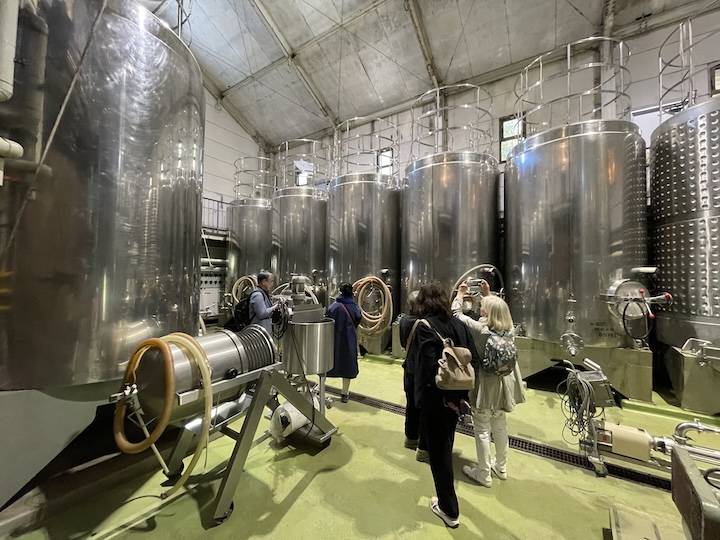
Image Credit: The Author
Coco Farm & Winery was made to give those with mental disabilities a chance to be part of a big project. I believe providing them with jobs they excel in and enjoy gives the wine its excellent taste. The feelings and hard work that they’ve put into it have translated into the bottles that each customer purchases. When I first went to Coco Farm & Winery, I was instantly greeted by a warm welcome from the staff working in the vineyard. There was a peaceful and pleasant atmosphere all around.
I visited the winery on a very, sunny day in April and walking into the vat room (where they make the wine) was refreshing. The winery itself is open for visitors except during production season (August through November).
Making my way uphill to the cafe, there was a balcony embellished with flowers and lights with outdoor seating. The shop and cafe had plenty to offer, from wines to snacks and even clothes. I didn’t get to eat at the cafe but I was able to buy some souvenirs and wine. I also bought myself a cute dress and a cardigan.
Learning the history behind Coco Farm & Winery really made an impact on me. I often find myself searching for a bottle whenever I visit a wine shop. The concept of the winery is a great way to give people with mental disabilities an opportunity to be independent and show their capabilities.
Experience Sustainable Farming at Coco Farm & Winery
If you would like to experience a place that is changing lives and practicing sustainable farming techniques, I highly recommend visiting. It’s an experience that will leave you feeling like you are contributing to the movement of sustainable farming and helping their small but strong community. Not only will you be able to enjoy the view of the vineyard but you can also enjoy a glass or two at the cafe. It’s about a two-and-a-half-hour trip from Kita-Senju station on the express line Rivarty or limited express Ryomo and transferring to the local bus, which makes it a perfect day trip.
Visit the homepage here.
Directions to COCO FARM&WINERY:
Related Articles:
- In the Loop – a FABulous Sustainability Event in Tokyo
- Daisugi: Japan’s Sustainable Forestry Technique
- The Essential Guide to Zero Waste Shopping in Japan
Featured Image Credit: The Author

